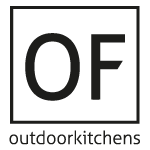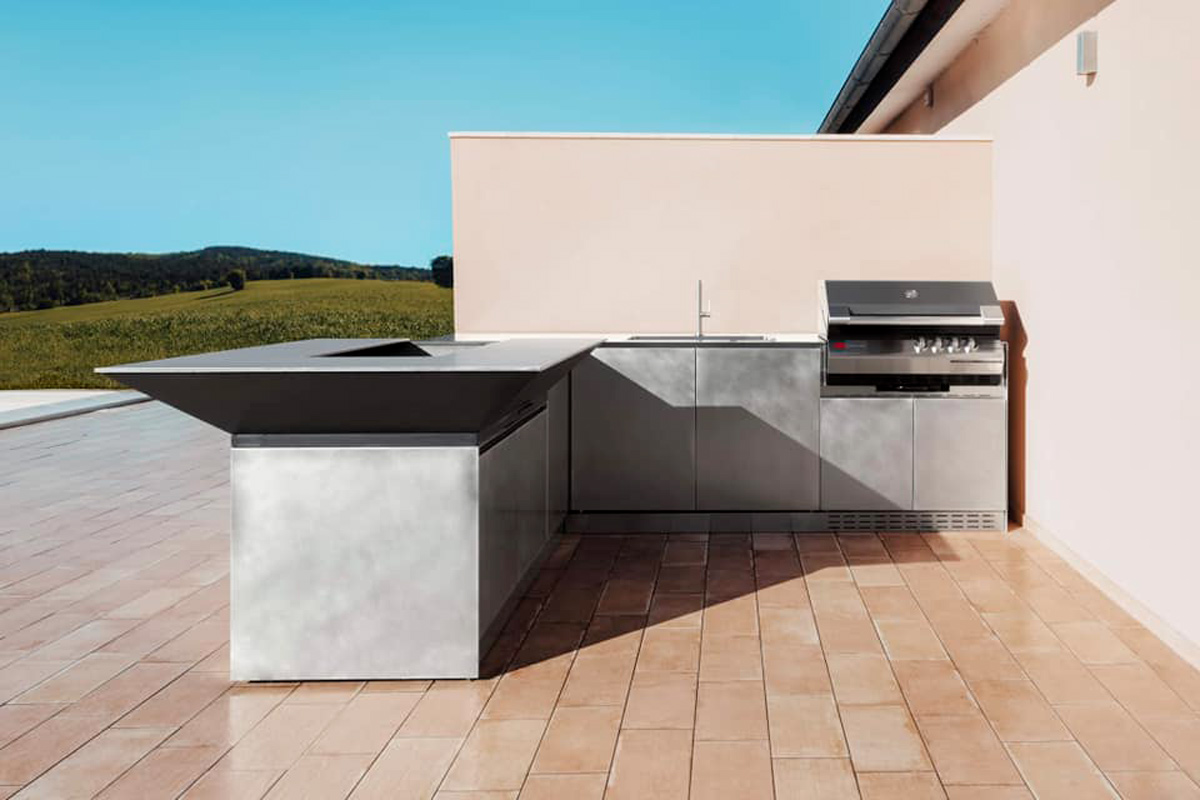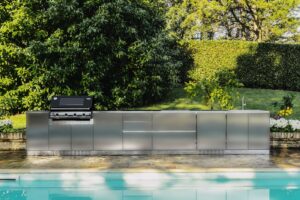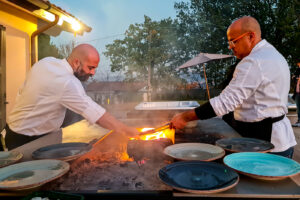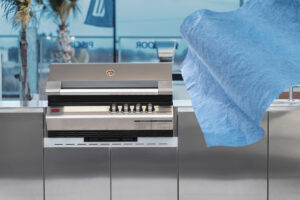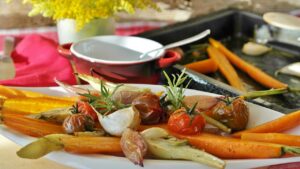Last week we started talking about the techniques with which our stainless steel can be worked in the creation of an OF outdoor kitchen. We focused, in particular, on satin finishing and vintage effect. Today, however, we are going to discover two other very important techniques in steel processing: the delabré and corten finish. Let’s see what it is.
Delabré stainless steel: a style statement
Let’s say immediately that the choice of the delabré effect is a style statement. In outdoor kitchens where this type of treatment reigns supreme, it is clear that the focus is on a certain type of “narrative”: the vicessitudes of the objects, the garden around, the personality of the hosts. The kitchen, in this case, as well as the whole house, becomes a real “book to browse”, for guests. The delabré finish is therefore not a restoration technique, but is done on new materials. It is applied to a traditional stainless steel, both in Aisi 304 and 316 versions (the choice of one or the other depends on the weather resistance one prefers), which is treated through natural aging. Indeed, the term “delabré” comes from French and means “ruined”, “deteriorated”. It is then brought to an antique finish through special treatments.
The two big advantages for those who choose the delabré finish
Delabré steel is not only chosen for aesthetic purposes, but guarantees two big advantages.
1. The first is aesthetic, and concerns the possibility of giving a real “total look” to the kitchen. This is because delabré steel is available for every component of this environment: both for the doors, both for the worktops, both for the side or back panels.
2. The second advantage is instead practical, since it has to do with the cleaning of this particular material, treated in this way. Cleaning is thus managed optimally, quickly and very easily: all you need is a microfiber cloth and a mild, neutral detergent.
Corten steel: the charm of a timeless material
In addition to the delabré technique, there is also another very beautiful type of material: Corten steel. The charm of Corten steel continues unabated. It is not only used in construction, but also in architecture and art, because of its peculiar beauty. The term “Corten” comes from the fusion of the two English terms CORrosion resistance and TENsile strength. It is therefore an extremely durable material, composed by the addition of alloys of copper, chromium and phosphorous, patented in the United States during the 1930s.
How it is used in OF: excellent for doors finish
OF outdoorkitchens uses Corten only and exclusively for the doors finish of outdoor kitchens. But what is the nature and appearance of this material? It is a steel whose final appearance is obtained through a completely natural ageing process that leads to a “rusty” optical effect, obviously without the bad smell and inconveniences of rust (we are only talking about a similar appearance). It is, therefore, an absolutely controlled treatment. An interesting feature of Corten is that it stabilises over time: so that, after the initial supply of the kitchen and the initial appearance, the material will tend to gradually take on a definitive colour and to lose its “dustiness”, while maintaining the high quality of performance and the durability over time.
